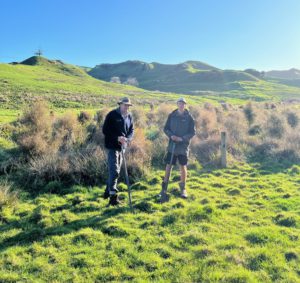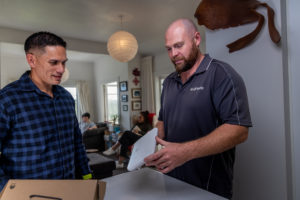The internet market is full of confusing terms because there are many ways to get internet to your house, and all these options can make it very hard to understand the terminology companies like Lightwire use, and exactly what you are buying.
In this post we’ll talk about the difference between Satellite and Fixed Wireless.
Satellite services have been around for a long time, but with the advent of Starlink, the satellite based internet offering from Elon Musk, there has been much more talk in the industry about this form of internet access. As with most things, it has strengths and weaknesses, and we’ll cover these off here.
What is fixed wireless?
This is how Lightwire provides rural services in New Zealand.
Fixed wireless connections operate by sending signals from a dish on a high site (or tower) on a nearby hill to the dish on the roof of your house. A clear line of sight is required between the dish and high site for the service to operate.
Below is a simple graphic to show how fixed wireless works.
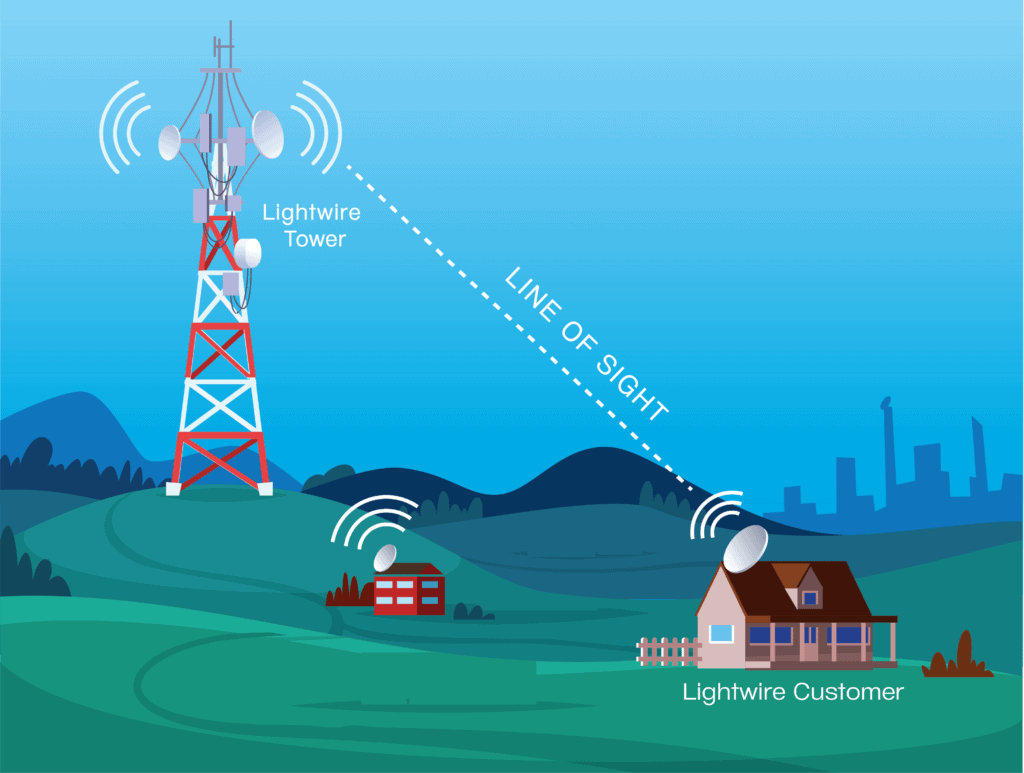
This type of deployment provides a low latency connection. Latency is the time it takes for your data to get to where it needs to go. Because your data has a small distance to travel in order to get to our core network, latency is low. This is very important for gamers and those who make video calls regularly as it is critical for applications that send/receive data in real time.
The negative with our fixed wireless offering is that coverage is limited to the houses that are within clear line of site of the towers. If a tree, hill or other building blocks line of site to your house, a connection will be difficult, if not impossible, to establish. This unfortunately leaves a number of people that would like to connect to our network unable to do so.
How does satellite internet work?
There are two key types of satellites that can provide internet to NZ homes – High Earth Orbit and Low Earth Orbit Satellites.
The high orbit satellites provide slower speeds and higher latency and are the basis of services provided by companies like Farmside, Bluedoor, Gravity, and Woi in NZ.
These older types of satellite fed services can suffer from rain fade, meaning poor weather can impact service performance.
In contrast, Low Earth Obrit satellites are relatively new and have come to the fore since Starlink launched. Low earth orbit is important because the closer the satellite is to earth, the less time it takes for your data to get to it (and back) – this is called “latency”. While latency has improved when compared against previous High Earth Orbit satellite internet options, it is still higher than some applications can perform optimally with.
The lower earth orbit, and smart tech design, also reduces the impact of poor whether on service performance, that’s not to say there is no impact, but it is much less noticeable from all reports.
Here’s how it works:
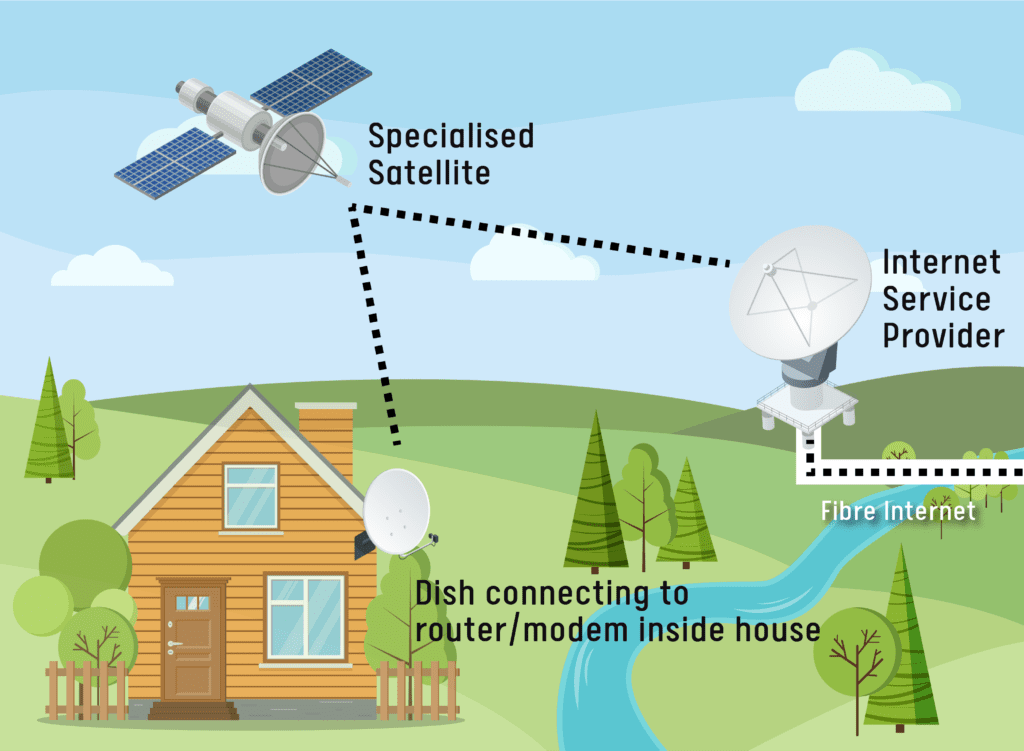
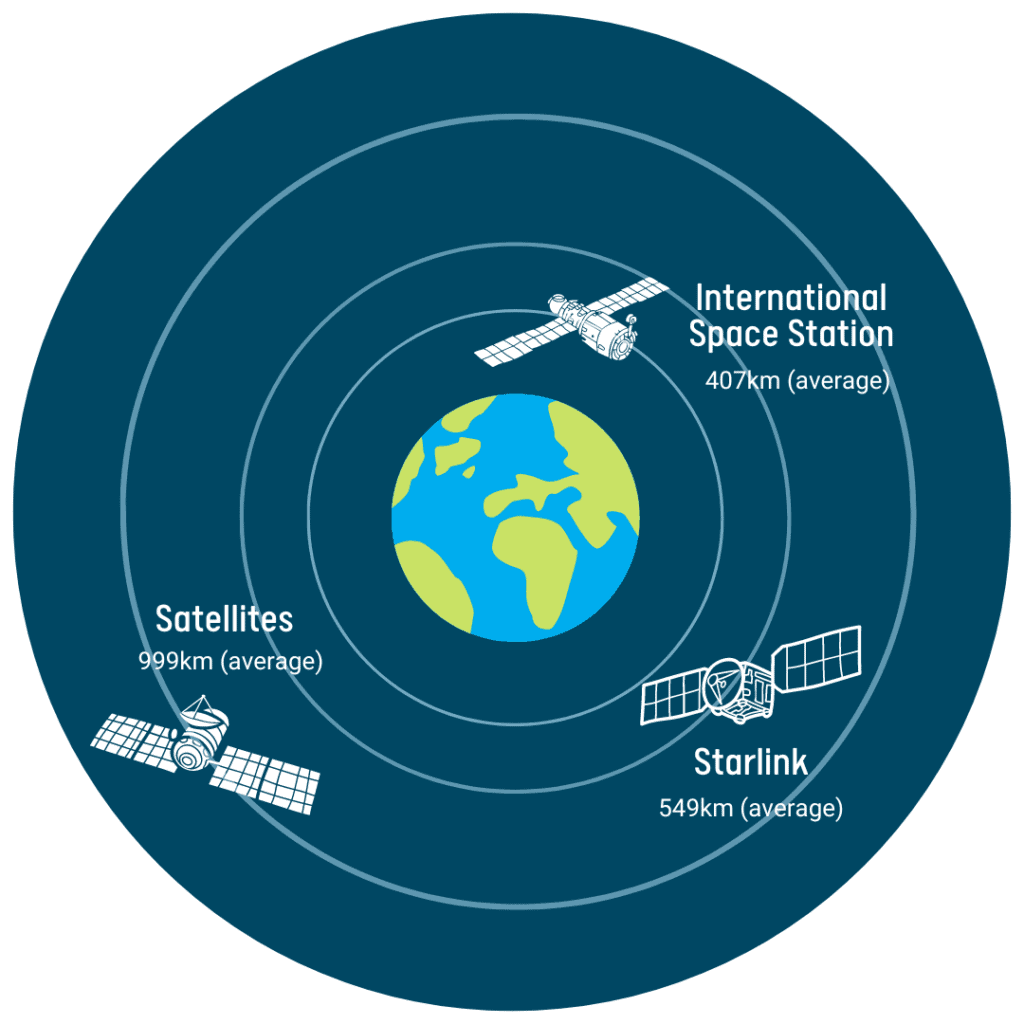
The clear benefit of this service type is that it is almost universally available, bringing a world of opportunity to people living in traditionally underserved areas. The speeds offered by Starlink are vastly superior to those offered by other satellite providers in years gone by.
The negatives?
Cost. This type of technology doesn’t come cheap, and in a time of high inflation, Starlink has already had to put up its price since its launch less than a year ago.
Support. While customers can be located almost everywhere, support staff can’t be. If you are a NZ user and run into issues, you will not find support as accessible or familiar as you may like.
Starlink, in particular amongst the satellite providers, represents a fantastic option where no other high speed options exist, but no option is perfect.
If you have access to a fixed wireless service from Lightwire, the combination of speed, price and local support makes us your best when looking to do more from here.
